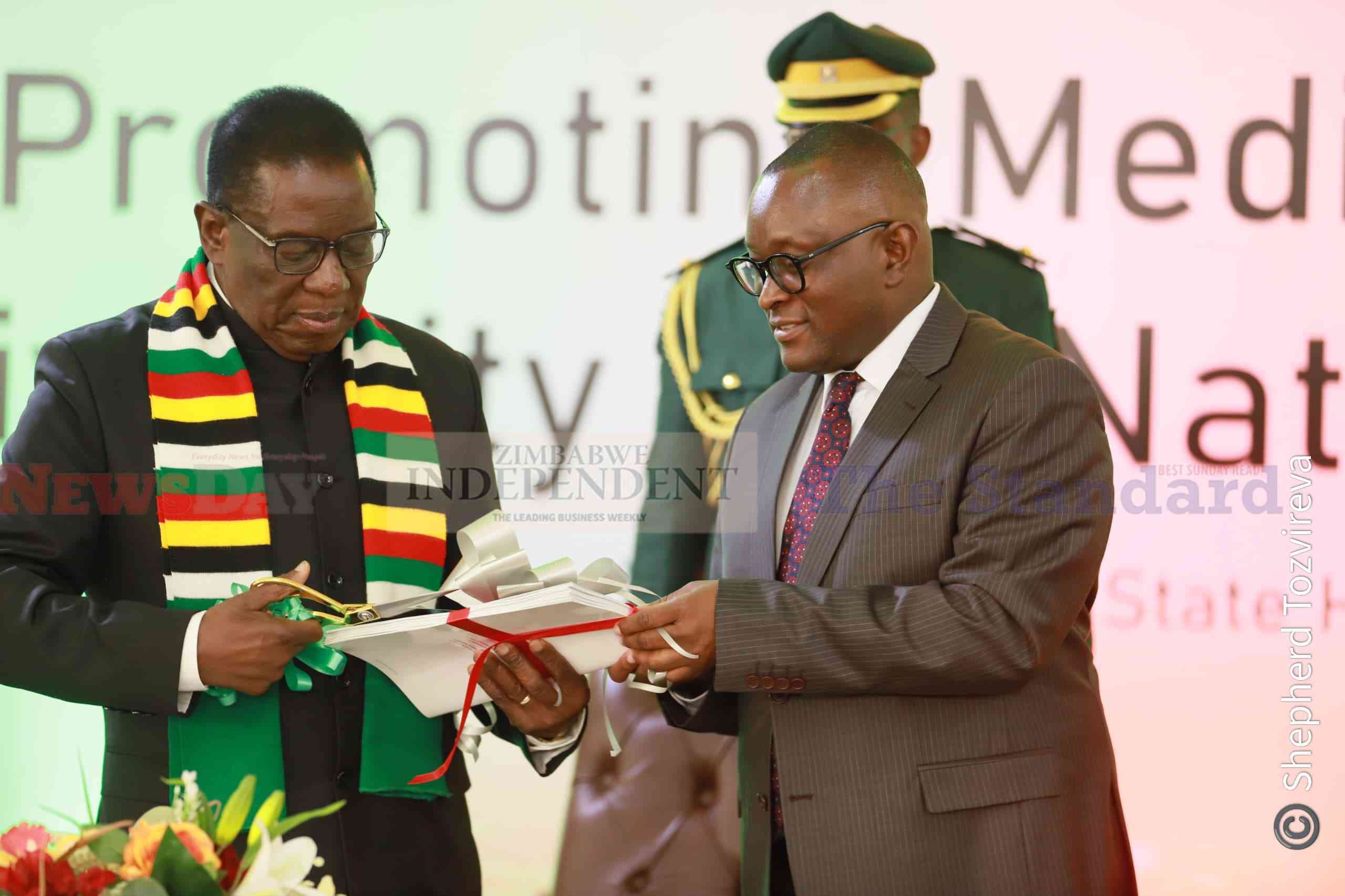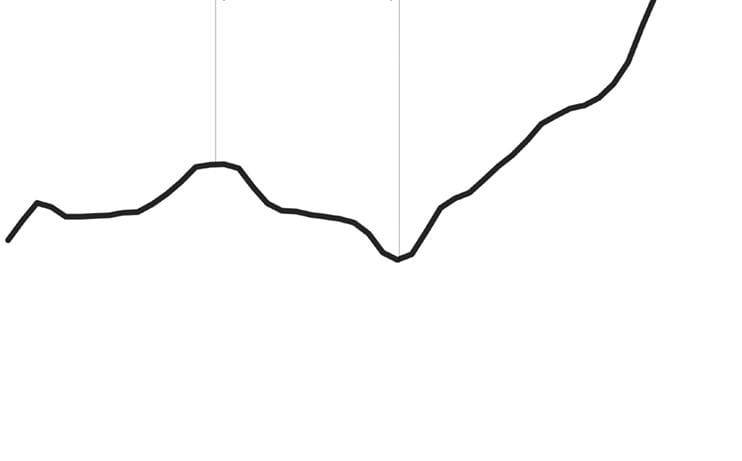
National Social Security Authority (NSSA) minimum pensions go up from August 1, following government’s gazetting of increases in pension contribution rates from June 1 and its raising of the maximum insurable earnings from $200 to $700. Talking Social Security with NSSA
The minimum retirement pension goes up in August from $40 to $60, with the minimum survivor’s pensions and invalidity pensions going up from $20 to $30.
However, those who will gain most from the changes in contribution rates and the maximum insurable earnings limit are those retiring after the changes come into effect who are earning considerably more than $200, say between $350 and $700 and have been contributing to the scheme for most of their working lives or since the scheme’s inception in 1994.
Those retiring at present earning more than $200 who are eligible for a retirement pension have their pension calculated using their insurable earnings of $200 per month.
With the raising of the maximum insurable earnings to $700, those earning up to $700 will be paying contributions based on their actual basic earnings.
When they retire, their pension will be calculated using their new insurable earnings.
Those earning above $700 will have their pension calculated on the basis of the new maximum insurable earnings limit of $700.
A person retiring with insurable earnings of $700 who has contributed to the pension scheme for 18½ years will receive a pension of more than $172 a month. Previously the same person would have received a pension of just over $49, because the insurable earnings would have only been $200.
- Chamisa under fire over US$120K donation
- Mavhunga puts DeMbare into Chibuku quarterfinals
- Pension funds bet on Cabora Bassa oilfields
- Councils defy govt fire tender directive
Keep Reading
Insurable earnings are the earnings on which a person’s pension fund contributions are based.
A higher insurable earnings ceiling means, therefore, higher contributions for those earning more than $200 per month.
There is also an increase in the contribution rate as from June by half-a-percent for both the employee and employer, each of which will from June be required to pay 3,5% of insurable earnings.
This means the combined employee and employer contribution is from June seven percent of the employee’s basic wage up to a maximum earnings level of $700 per month.
At present the combined contribution is 6%.
The maximum monthly employee’s contribution, which is paid by those earning $700 or more, is $24,50.
The employer pays the same amount, making a combined maximum employee/employer contribution of $49 instead of the current maximum of $12 based on the current insurable earnings maximum of $200.
The increase for those who earn $200 or below is minimal.
For a person earning $150 the employee contribution goes up from $4,50 to $5,25. The employer will also pay $5,25 instead of $4,50.
For someone earning $200, the contribution deducted from the employee’s wage goes up from June from six dollars to seven dollars.
Because of the present insurable earnings ceiling of $200, a person earning $500, for instance, currently pays the same contribution as a person earning $200, namely six dollars, which is only 1,2 % of $500.
Those earning $200 and below therefore at present pay a higher percentage of their basic earnings as their pension contribution than those earning more than $200 do. However, as from June the new insurable earnings limit of $700 means that everyone earning up to $700 pays the same percentage of 3,5% of their basic earnings to the NSSA pension scheme.
The contribution is matched by the employer, who has to make the same contribution. Those earning $300 will pay $10,50 per month, with their employer paying the same amount towards their pension. Those earning $500 will pay $17,50.
The contribution for those earning $600 will be $21 from the employee and $21 from the employer.
Those earning $700 and any amount above $700 will pay $24,50.
Even those earning above $1 000 will still only pay $24,50.
However, because their insurable earnings are only $700, if they retire while their insurable earnings are still at that level, they will receive a pension based on $700.
The formula for calculating pensions is the number of contribution years multiplied by the individual’s insurable earnings at retirement multiplied by an accrual rate of 1,333% per year.
The longer the contribution period and the higher the insurable earnings at retirement, therefore, the better the pension.
The first contributions to the NSSA pension scheme were made in 1994. The longest contribution period anyone could have, therefore, is 18 years and eight months.
To qualify for a retirement pension one must have reached retirement age and have contributed to the pension scheme for at least 120 months, which is 10 years. Those who have contributed for a lesser period are eligible for a single retirement grant payment, provided they have contributed for at least 12 months.
The pension can be claimed on reaching age 60, provided one has retired, which means one should not still be employed.
At age 65 the pension can be paid even if the pensioner is still employed. There is an early retirement age of 55 for those who, for at least seven of the previous 10 years, were employed in an arduous occupation such as farming, heavy truck driving and some mining, quarrying and forestry jobs.
Talking Social Security is published weekly by the National Social Security Authority as a public service. There is also a weekly radio programme, PaMhepo neNssa/Emoyeni le NSSA, discussing social security issues at 6.50 pm every Thursday on Radio Zimbabwe and every Friday on National FM.
There is another social security programme on Star FM on Wednesdays after 5.30 pm. Readers can e mail issues they would like dealt with in this column to mail@mhpr.co.zw or text them to 0772 307913. Those with individual queries should contact their local NSSA office or telephone NSSA on (04) 706517-8 or 706523 5.











